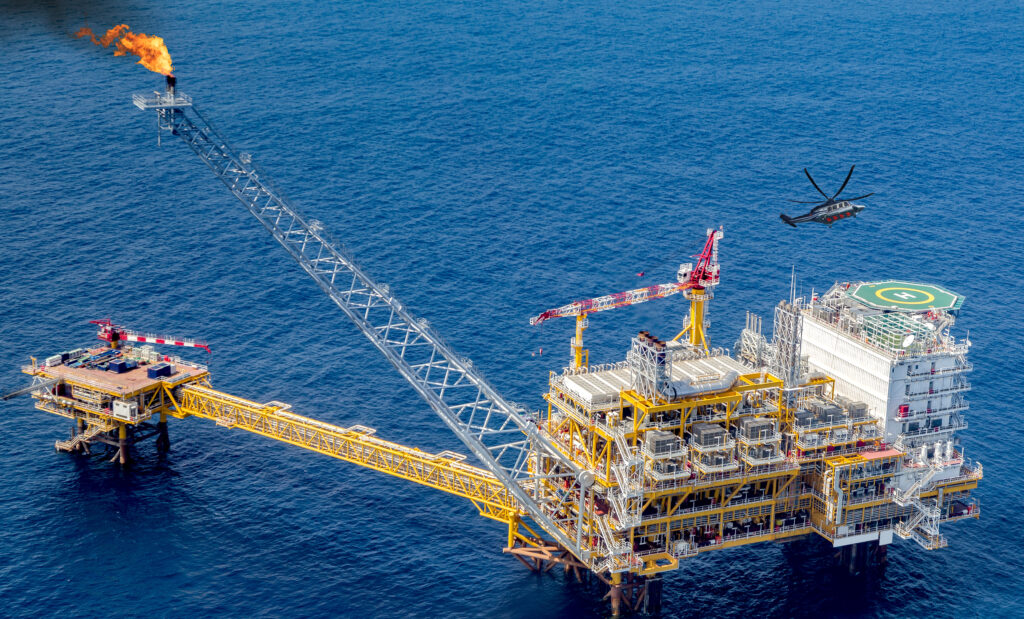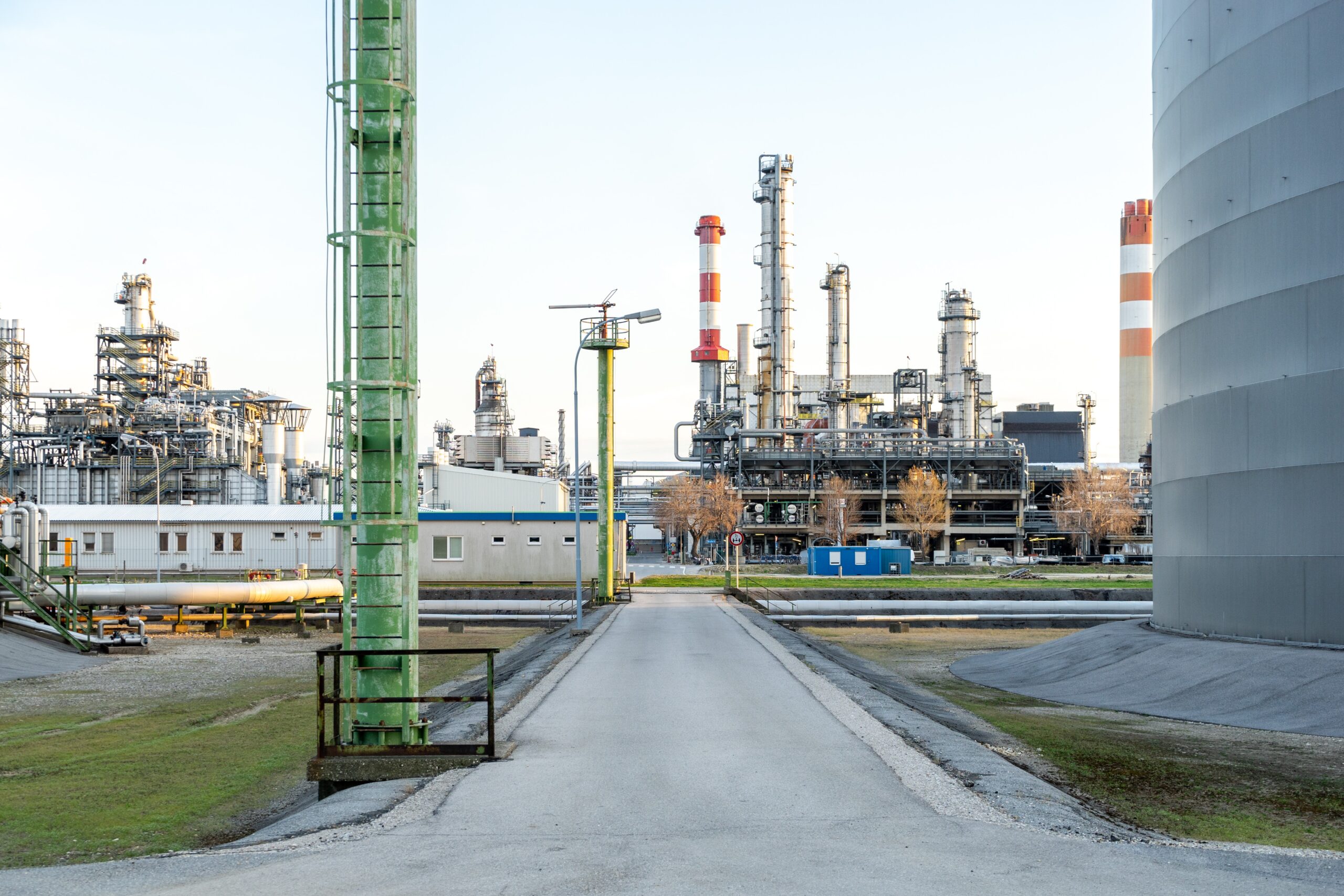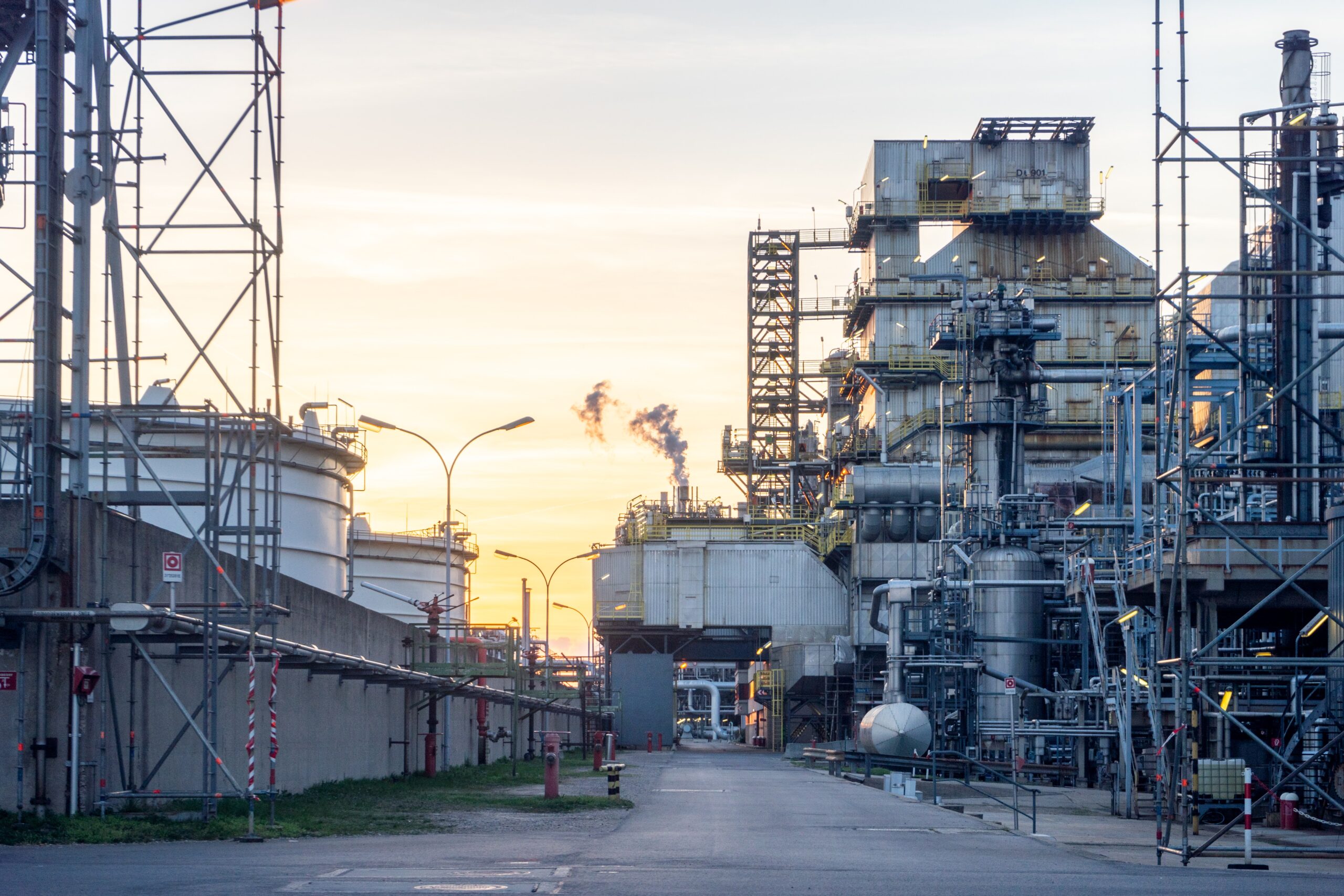Designing piping systems for offshore platforms is a complex and highly specialized task. Unlike onshore facilities, offshore platforms must deal with limited space, weight restrictions, harsh environmental conditions, and strict safety regulations. Every inch of pipe and every support bracket must be planned with precision and foresight.
In this blog post, we’ll explore the essentials of conducting a piping study for offshore platforms, including key factors, common challenges, design tools, and best practices.
What is an Offshore Platform Piping Study?
An Offshore Platform Piping Study is a systematic evaluation and planning process that defines how piping systems will be routed, supported, and maintained on offshore installations such as Fixed Platforms, FPSOs (Floating Production Storage and Offloading), TLPs (Tension Leg Platforms), and semi-submersibles.
This study typically begins during the conceptual or feasibility phase and evolves through FEED (Front-End Engineering Design) and detailed design stages.
Key Objectives of a Piping Study for Offshore Platforms
- Determine optimal pipe routing and layout
- Minimize weight and space usage
- Ensure compliance with offshore codes (API, ASME B31.3, DNV, ABS)
- Accommodate thermal expansion, vibration, and movement from waves/wind
- Design for safe operation and maintenance access
- Facilitate constructability and modularization (skid-based units, pre-assembled racks)
Factors to Consider in Offshore Piping Design
1. Space Optimization
Offshore platforms have limited footprint and deck area. Piping layout must be compact and layered, often using multi-tier pipe racks, vertical risers, and tight bends while ensuring accessibility.
2. Weight Management
Weight is a critical design parameter. Reducing pipe size, wall thickness, and using lighter materials like duplex stainless steel or GRE piping helps to manage topside weight.
3. Thermal and Dynamic Movements
Piping is exposed to thermal expansion, vibration from rotating equipment, and platform motion. Expansion loops, flexible supports, and stress analysis (using tools like Caesar II or Start-Prof) are essential.
4. Corrosion Protection
Offshore environments are extremely corrosive. Designers must select corrosion-resistant materials, apply coatings, and plan cathodic protection systems.
5. Modularization and Pre-fabrication
Due to logistical constraints offshore, modular design is preferred. Skids, spool pieces, and pre-assembled pipe racks are fabricated onshore and installed offshore, reducing offshore labor and cost.
6. Safety and Accessibility
Safety is paramount. Fire protection, explosion-proof zones, escape routes, and maintenance access must be considered during layout. Piping must not obstruct egress paths or firefighting equipment.
Typical Deliverables from an Offshore Piping Study
- Conceptual piping layout drawings
- Pipe routing plans and isometrics
- Pipe support strategy and layout
- Equipment nozzle orientation drawings
- MTO (Material Take-Off)
- Stress analysis report for critical lines
- Clash detection reports (using 3D models)
- Deck penetration and riser routing plans
Tools Used in Offshore Piping Studies
| Tool | Purpose |
|---|---|
| AVEVA E3D / Smart 3D (S3D) | 3D modeling of piping systems and structures |
| AutoCAD / MicroStation | Drafting 2D layout and route sketches |
| Caesar II / Start-Prof | Pipe stress analysis for movement and loads |
| Navisworks / Review Tools | Clash detection and model visualization |
| SP3D / PDMS / Plant 3D | Integrated piping design software |
| Primavera / MS Project | Project planning and construction sequencing |
Common Challenges in Offshore Piping Studies
- Routing in congested areas: Limited space near process modules, living quarters, and riser decks
- Deck penetrations: Managing piping through multiple levels and deck openings
- Vibration risks: From compressors, pumps, or marine motion
- Material logistics: Offshore delivery and installation restrictions
- Weather delays: Impacting offshore hookup and commissioning schedules
Best Practices for Offshore Platform Piping Studies
- Involve multidisciplinary teams early – Coordinate with process, structural, electrical, and safety engineers from Day 1.
- Use modular thinking – Break the plant into skids, modules, and pre-assembled units to reduce offshore work.
- Follow layout zoning principles – Separate hazardous and non-hazardous areas, hot vs. cold services.
- Optimize routing – Avoid unnecessary fittings, elbows, or long routes; keep pipe runs short and direct.
- Plan for future maintenance – Include platforms, ladders, and removable spools for critical valves and flanges.
- Clash check early and often – Use 3D models to prevent costly site rework due to pipe clashes.
- Account for dynamic loads and fatigue – Especially for risers and lines exposed to platform motion or sea state.
An offshore platform piping study is far more than just drawing pipe routes—it’s a sophisticated engineering process that ensures systems are safe, efficient, and buildable under the unique constraints of offshore environments.
Investing the time and expertise in a proper piping study can reduce costs, minimize offshore work, and improve long-term reliability. Whether you’re designing a new offshore platform or revamping an existing one, a thorough piping study is your blueprint for success.
Want to learn more about offshore piping design and layout?
Follow our blog for deep dives, real project insights, and tools that help you master piping engineering in the oil & gas industry.
Have any questions or want to share your offshore piping experience? Drop a comment below!



